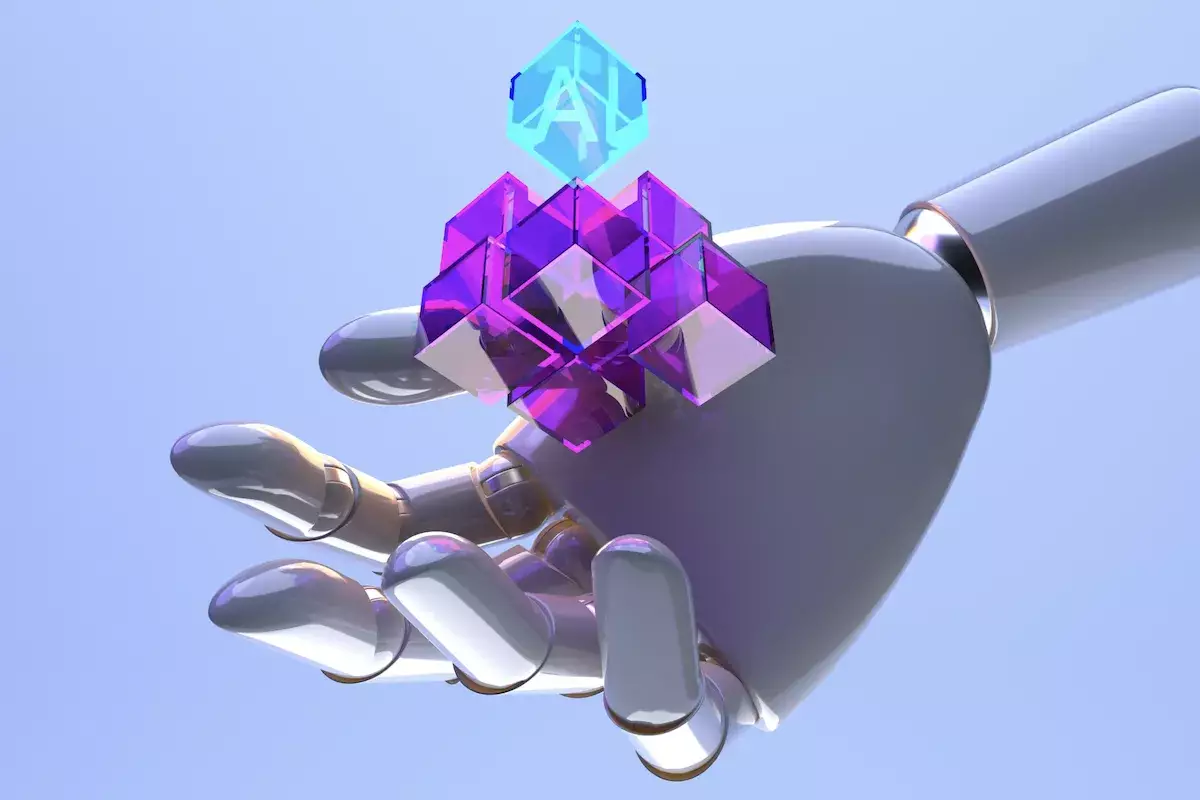In the rapidly evolving landscape of technology, the convergence of artificial intelligence (AI) and blockchain has emerged as a revolutionary force. Unlike traditional software reliant on centralized servers, decentralized applications (dApps) powered by AI function independently through self-executing code and smart contracts. This seamless integration is not just a trend; it marks the beginning of a new era where operational efficiency and data security take precedence. As these innovations continue to unfold, they present promising opportunities for advancement in various sectors, transforming our interactions with technology.
AI-driven dApps leverage the inherent qualities of blockchain technology, characterized by transparency and resistance to tampering. By incorporating intelligent algorithms, these applications can execute processes in real-time, thereby enhancing decision-making and data analysis. The scope of their utility stretches across various domains, from finance to healthcare, making them formidable contenders for leading the charge into the next phase of Web3 innovation.
At the heart of any dApp is a blockchain, such as Ethereum or Binance Smart Chain. Each participant in the network retains a copy of the ledger, ensuring that no single entity can exert control over the data. This decentralized architecture not only reduces vulnerability to censorship but also minimizes the risk of system failures. Smart contracts serve a pivotal role; these are programmed agreements that autonomously execute actions when predetermined conditions are met.
For instance, in a financial transaction, upon receiving the requisite payment, the smart contract will automatically transfer tokens or validate a user’s identity without requiring human intervention. However, while blockchain excels in providing security and transparency, it often falls short of delivering the real-time insights and flexibility that AI readily offers. AI-enhanced dApps bridge this gap, revolutionizing how data is processed and utilized across different industries.
The potential of AI dApps lies notably in their ability to perform extensive data analysis at unprecedented speeds. This capability becomes vital in fast-paced markets, such as decentralized finance (DeFi), where the ability to respond to market fluctuations just seconds faster can result in significant monetary gains. Enhanced data analytics, powered by machine learning algorithms, allow these applications to optimize resource use, forecast market trends, and understand user behavior with remarkable accuracy.
Natural Language Processing (NLP) enhances user interaction, allowing individuals to engage with applications through voice or text, simplifying complex tasks such as staking tokens or minting NFTs. Furthermore, image recognition features boost security and integrity by confirming identities and filtering inappropriate content.
A particularly exciting development within AI dApps is the rise of AI agents—autonomous software entities capable of acting in the user’s stead. These agents can execute trades, process vast datasets, or curate personalized content with minimal oversight. Enabling such capabilities in a decentralized framework ensures accountability, as smart contracts delineate the boundaries within which these agents operate.
To comprehend the significance of AI dApps, one must explore their essential attributes. First, decentralized infrastructures form the backbone of these applications, facilitating interoperability across various blockchains while relying on smart contracts to govern logic. Secondly, the inclusion of advanced AI capabilities—ranging from machine learning to generative AI—empowers the applications to learn and make decisions independently. Lastly, the integration of token economics fosters a reciprocal relationship where users can earn tokens in exchange for valuable data or computational power. This highlights a departure from conventional data exploitation behaviors, enabling users to reap tangible rewards for their contributions.
AI dApps exhibit a compelling ability to tackle the pervasive issues of trust, transparency, and equitable rewards prevalent across traditional online platforms. The transparent nature of blockchain offers users insight into how AI systems derive their conclusions, while distributed collaboration permits the collective ownership of data. Such frameworks democratize data usage, allowing users to receive direct compensation rather than relinquishing their information to dominant tech giants.
Recent reports indicate a burgeoning interest in AI-driven dApps, with over 2.2 million unique wallets engaging with these platforms, surpassing well-established categories like SocialFi. Notable examples include LOL and Dmail Network, which utilize AI for innovative rewards systems and enhanced privacy functionalities, respectively. Rise of personalized AI companions, such as Balance, showcases the potential for customization through AI learning tailored to individual user needs.
Looking ahead, the trajectory of AI dApps appears promising. As research in cryptography and machine learning continues to evolve, we anticipate more industries—including finance, healthcare, and supply chain—embracing the advantages offered by this synergistic technology. The ongoing development will likely result in even more sophisticated and adaptable applications, enriching user experiences across multiple sectors.
The combination of AI and decentralized applications represents a critical turning point in digital innovation. As these technologies advance, they not only promise to enhance operational efficiencies but also redefine how users engage with technology in a collaborative and rewarding manner. The era of AI dApps is just beginning, and its implications are set to reshape the future of Web3 in profound ways.














Leave a Reply